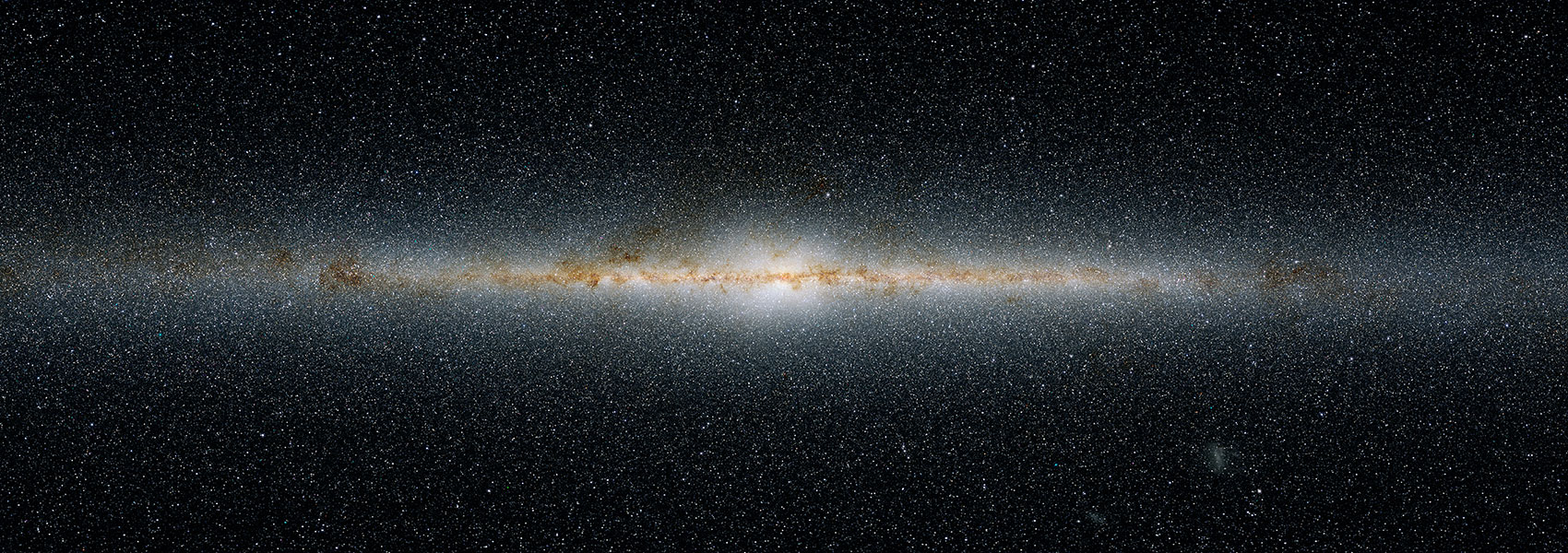June
2017
•
2017AJ....153..244R
Authors
•
Rameau, Julien
•
Follette, Katherine B.
•
Pueyo, Laurent
•
Marois, Christian
•
Macintosh, Bruce
•
Millar-Blanchaer, Maxwell
•
Wang, Jason J.
•
Vega, David
•
Doyon, René
•
Lafrenière, David
•
Nielsen, Eric L.
•
Bailey, Vanessa
•
Chilcote, Jeffrey K.
•
Close, Laird M.
•
Esposito, Thomas M.
•
Males, Jared R.
•
Metchev, Stanimir
•
Morzinski, Katie M.
•
Ruffio, Jean-Baptiste
•
Wolff, Schuyler G.
•
Ammons, S. M.
•
Barman, Travis S.
•
Bulger, Joanna
•
Cotten, Tara
•
De Rosa, Robert J.
•
Duchene, Gaspard
•
Fitzgerald, Michael P.
•
Goodsell, Stephen
•
Graham, James R.
•
Greenbaum, Alexandra Z.
•
Hibon, Pascale
•
Hung, Li-Wei
•
Ingraham, Patrick
•
Kalas, Paul
•
Konopacky, Quinn
•
Larkin, James E.
•
Maire, Jérôme
•
Marchis, Franck
•
Oppenheimer, Rebecca
•
Palmer, David
•
Patience, Jennifer
•
Perrin, Marshall D.
•
Poyneer, Lisa
•
Rajan, Abhijith
•
Rantakyrö, Fredrik T.
•
Marley, Mark S.
•
Savransky, Dmitry
•
Schneider, Adam C.
•
Sivaramakrishnan, Anand
•
Song, Inseok
•
Soummer, Remi
•
Thomas, Sandrine
•
Wallace, J. Kent
•
Ward-Duong, Kimberly
•
Wiktorowicz, Sloane
Abstract
•
We present H band spectroscopic and Hα photometric observations of HD 100546 obtained with the Gemini Planet Imager and the Magellan Visible AO camera. We detect H band emission at the location of the protoplanet HD 100546 b, but show that the choice of data processing parameters strongly affects the morphology of this source. It appears point-like in some aggressive reductions, but rejoins an extended disk structure in the majority of the others. Furthermore, we demonstrate that this emission appears stationary on a timescale of 4.6 years, inconsistent at the 2σ level with a Keplerian clockwise orbit at 59 au in the disk plane. The H band spectrum of the emission is inconsistent with any type of low effective temperature object or accreting protoplanetary disk. It strongly suggests a scattered-light origin, as this is consistent with the spectrum of the star and the spectra extracted at other locations in the disk. A non-detection at the 5σ level of HD 100546 b in differential Hα imaging places an upper limit, assuming the protoplanet lies in a gap free of extinction, on the accretion luminosity of 1.7 × 10-4 L ⊙ and M\dot{M}< 6.3× {10}-7 {M}{Jup}2 {{yr}}-1 for 1 R Jup. These limits are comparable to the accretion luminosity and accretion rate of T-Tauri stars or LkCa 15 b. Taken together, these lines of evidence suggest that the H band source at the location of HD 100546 b is not emitted by a planetary photosphere or an accreting circumplanetary disk but is a disk feature enhanced by the point-spread function subtraction process. This non-detection is consistent with the non-detection in the K band reported in an earlier study but does not exclude the possibility that HD 100546 b is deeply embedded.
Links



